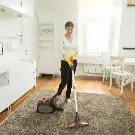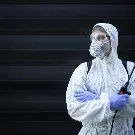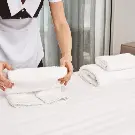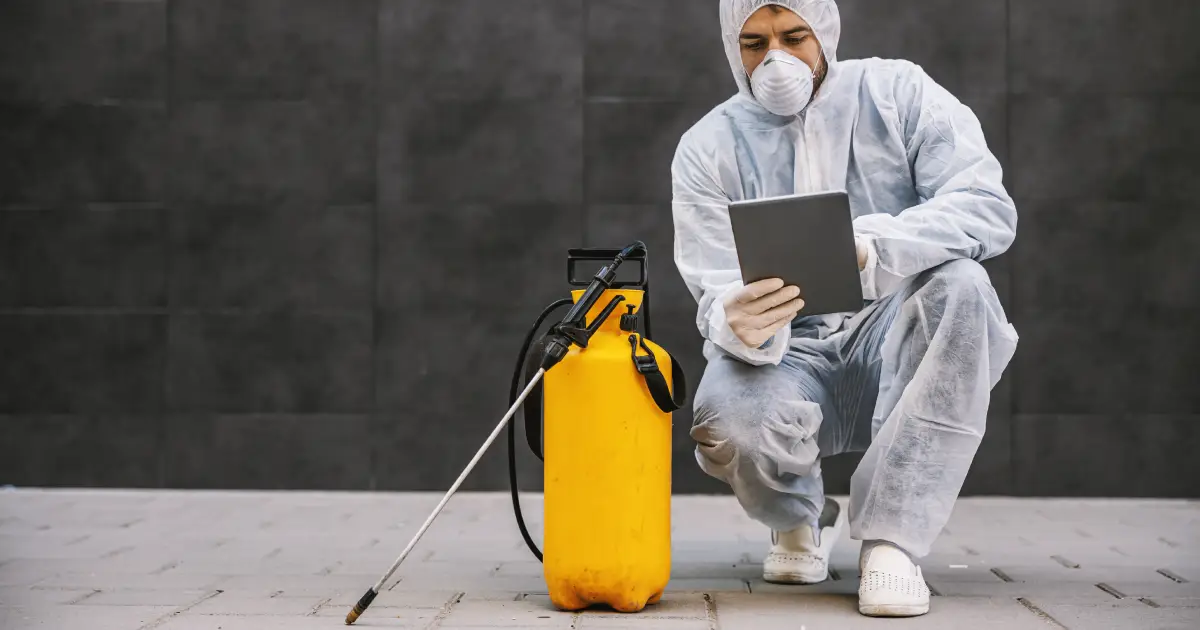
Introduction
Animals or insects that harm both people and the environment are considered pests. Due to their propensity to hurt, spread illness, and disturb the equilibrium of ecosystems, they are regarded as undesirable or dangerous. That is to say, these creatures must be kept well away from your home and its surroundings, a task easier said than done. Pests are often found in groups, as they move in search of food, warmth and shelter. Pests can become annoying and pose serious health and property threats even during the winter. During the colder months, some pests could go away or become less active, but others seek warmth and shelter inside buildings and houses. A pest-free environment can only be maintained and infestations prevented by implementing proper pest management measures. This article explores the numerous approaches, strategies, and technology utilised to effectively combat these pesky visitors as it delves into the field of pest management.
Importance Of Winter Pest Control
Winter pest control is of the utmost importance for a number of reasons, including the fact that managing and avoiding insect infestations during the colder months presents a lot of unique difficulties. Even in the worst winter conditions, we can efficiently control pests, decrease hazards, and preserve a pest-free environment by adopting preventive measures and seeking professional assistance. Here are some of the main arguments that pest control during the winter should receive special attention:
- Health Risks: Keeping pests away with proper pest control during the winter helps lower the risk of illnesses. Pests like rats and cockroaches, are known to carry dangerous pathogens including germs, viruses, and parasites. Timely pest control stops these pests from spreading diseases to humans. protecting your family and pets.
- Property Damage: Winter pest control stops pests from causing serious damage to the structure and possessions of your home, such as termites silently destroying wooden structures, which can compromise the structural integrity of your home, or rodents gnawing through electrical wires, potentially posing a fire risk.
- Food Contamination: By taking the right pest management precautions throughout the winter, you can prevent pests from contaminating your food supplies in the kitchen and pantry, avoiding the spread of foodborne illnesses, and guaranteeing that the food is safe for eating.
- Allergies and Asthma: Effective winter pest treatment reduces exposure to allergens produced by pests like rodents and cockroaches, which can worsen asthma symptoms and cause allergies in those who are vulnerable to them.
- Preventing Infestations: Winter pest management techniques keep pests out of your house as they look for warmth and cover, preventing infestations that could later be more difficult to eradicate.
- Maintaining Peace of Mind: By practising winter pest management, you can breathe easy knowing that your home is less likely to experience pest-related issues. This will spare you the stress and strain associated with having to deal with a pest infestation.
- Saving Money: By preventing infestations and taking care of pest problems promptly, early winter pest management intervention saves money in the long term by avoiding the need for extensive and expensive treatments.
- Environmental Impact: A properly executed winter pest control strategy emphasises the use of targeted and appropriate approaches to minimise environmental impact, effectively controlling pests while minimising the use of dangerous chemicals.
Common Pests During Winter
Depending on the area and environment, there can be a wide variety in the types of pests that are commonly seen throughout the winter. The cooler months do, however, seem to bring on an increase in some pest activity. To keep these pests at bay during the winter, preventive steps are necessary. Consider hiring professional pest control services experienced in the specific bugs prevalent in your area if you come across a sizable pest infestation.
- Rodents: Rats and mice are opportunistic pests that seek shelter indoors throughout the winter. They can contaminate food, chew through electrical cables, and harm property.
- Cockroaches: Cockroaches are the worst kind of pests because of their ability to thrive indoors throughout the winter, especially in warm, humid spaces like kitchens and bathrooms.
- Ants: Some ant species continue to forage for food and water inside of homes over the winter. They are able to create trails and build colonies indoors.
- Spiders: There are many different types of spiders in Australia, and some of them may move indoors during the winter. Although the majority of spiders are harmless, some can cause unpleasant bites.
- Silverfish: Attracted to moisture, silverfish can be found in bathrooms, kitchens, and other places where there is a lot of humidity.
- Fleas: In winter, fleas can be a problem, particularly in houses with pets. Even though they prefer warmer climates, they can live in heated indoor settings.
- Moths: During the winter, they may infest carpets, fabrics, and stored garments. They can harm natural fibres like silk and wool.
- Bed bugs: Although a year-round problem, people might encounter them more during the winter months when they spend more time indoors and near one another.
Understanding Winter Pest Behaviour
It's essential to fully understand winter pest behaviour if you want to effectively control pests throughout the colder months of the year. Many pests have developed specialised behaviours and survival techniques to survive in colder climates. The following are some typical traits of wintertime pest behaviour:
- Pests seek out warm, protected areas to survive as the temperature drops. often taking shelter indoors in houses, buildings, and other structures. Attics, basements, wall voids, and crawl spaces are also typical hiding places.
- Because of the cold, some pests, such as insects, may be less active throughout the winter. They might decrease their activity level to slow down their metabolism. However, pests like rodents will be active and can become more obvious inside during a cold spell.
- During the winter, some pests tend to use the sheltered conditions they can find to construct nests and carry out reproduction. For instance, rodents can reproduce quickly in heated indoor areas.
- Natural food sources for pests, such as insects and plants, are in short supply throughout the winter. In pursuit of food, pests are driven by this scarcity to investigate new areas, including habitations.
- Similar to hibernation, some insects experience winter diapause. Their development is momentarily put on hold during diapause, allowing them to withstand the harsh winter weather.
- When the temperature rises on warmer winter days, a number of insects can begin to become active. For instance, on a bright winter day, you might suddenly see spiders, flies, or ladybirds.
- During the winter, some pests, especially specific bird and insect species, can migrate to warmer climates.
- Rodents and other pests can make use of parked cars to their advantage by building nests in the engine compartments or other warm places.
Preventive Measures for Winter Pest Control
To keep pests away during the colder months, preventive winter pest management techniques are extremely important You can minimise the possibility that pests will enter your home and avoid infestations by taking the right preventative measures. Although it might require some work, keep in mind that prevention is usually more cost-efficient and successful than dealing with a full-blown insect problem down the road. Here are a few efficient precautions:
- Seal Entry Points: Examine the outside of your home for any openings that pests might use to enter. To keep bugs outside, plug these gaps with caulk, weatherstripping, or steel wool.
- Screen Chimneys and Vents: Put a screen on chimneys and vents to keep insects, rats, and birds from entering your home through these openings.
- Maintain a Tidy exterior: Clear the area around your home's outside of any trash, mounds of leaves, and clutter. These spaces can be used by pests as entry points and hiding places.
- Trim the vegetation: Prune back any trees, bushes, or shrubs that touch the outer walls of your home. Pests can take advantage of overhanging branches and vegetation as access points to your home.
- Keep Your Spaces Clean: Keep your living areas spotless and clear of food crumbs and spills. Keep your kitchen cabinets, counters, and appliances clean. Regularly discard trash in sealed bins.
- Examine parcels and Second-Hand Items: Before bringing in parcels or used items like clothing or furniture, check them for signs of bugs. This is of particular importance for objects kept in garages or sheds.
- Fix Plumbing Leaks: Because pests are drawn to sources of moisture, it is important to look for and address any plumbing leaks, preferably before the cold weather arrives.
- Install Door Sweeps and Weatherstripping: To keep pests from slipping through exterior doors, seal the area tightly with door sweeps and weatherstripping.
- Regularly Check Basements and Attics: Check basements and attics frequently for rodent activity. Observe for faeces, gnaw marks, and any damage to stored items.
Managing Potential Pest Infestations
To stop a pest infestation from becoming a major issue, it is essential to control the early stages of the infestation. Early intervention may significantly mitigate the effects and simplify the task of pest control. Keep in mind that controlling the beginning of a pest infestation requires quick action. It can get harder to effectively control the pests the longer you put off taking care of the issue. You can prevent a little insect problem from becoming a severe infestation by being proactive and taking the necessary action. The following actions can be taken to efficiently manage a pest infestation at the start:
Identify the Pest
Effective pest management depends on establishing the right description of the pest you are dealing with. Knowing a specific pest's behaviour and weaknesses aids in targeted eradication. Different pests call for different control methods. Correct identification eliminates misdiagnosis, reduces needless chemical use, and allows for specialised pest management strategies. Additionally, it guarantees safety, avoids structural damage, and enables long-term prevention measures. With the appropriate identification, you can come up with a specialised pest control strategy and put it into practice.
Inspect Your Home
Effective pest management requires routinely checking your house's interior and exterior for pest activity. During these examinations, search for pests' droppings, gnaw marks, damaged items, nests, or trails. Early identification enables timely response, halting the spread of infestations. One advantage of inspections is that they can detect problem areas, and entrance sites, and track the efficiency of control mechanisms. It encourages proactive prevention, guarantees personal safety at home, and minimises property damage.
Seal Entry Points
One of the most important steps in pest protection and management is sealing entry points. Pests cannot enter your home if gaps, cracks, and holes are promptly sealed with steel wool, weatherstripping, or caulk. This lessens the chance of infestations, restricts the availability of nesting sites, and guards against structural damage to your property. The eco-friendly, proactive, and complimentary strategy of sealing entry sites ensures a pest-free living environment while maintaining energy efficiency. If required, you might look for professional assistance for sealing solutions.
Remove Attractants
It is vital to take away pests' attractions in order to deter them from invading your home. In order to achieve this, spills must be quickly cleaned up, food must be kept in sealed containers, and living spaces must be kept clean and clutter-free. Fixing plumbing leaks to get rid of water sources and maintaining outdoor spaces deters pests as well. Pests cannot enter your home if waste is managed properly and entry spots are sealed. The likelihood of infestations is decreased and your living space is kept free of pests when you remove these attractants from the surroundings.
Use Traps and Baits
The strategic use of traps and baits is a proactive and efficient method of pest control. It enables early intervention, focused pest management, and pest activity monitoring. You can catch or get rid of specific pests by choosing the right traps and baits before their populations get out of control. This approach to pest control is risk-free, kind, and in line with green pest management techniques. Strategically placing traps and baits in pest-infested regions helps stop damage and disease transmission, and lessens the need for chemical pesticides.
Use Natural Repellents
Pest infestations can be managed and prevented in a safe and environmentally friendly manner by using natural repellents and non-toxic pest control techniques. Biological control, diatomaceous earth, plant-based repellents, physical barriers, traps, and essential oils are a few options that work well. Also important are proper garden upkeep, cleaning, and education on insect behaviour. The important thing to keep in mind is that not all pests can be successfully controlled using these techniques. Getting professional assistance for serious infestations or for dealing with bugs that pose health threats is advised when dealing with either of these situations.
Clean and Disinfect
Effective pest management is mandatory when dealing with particular pests, such as insects. This includes thorough cleaning and disinfection. You can stop pests from using pheromone trails for communication and navigation by swiftly cleaning up food scraps and other spills from surfaces. Your home will be less inviting for pests if attractants are eliminated and hiding places are reduced, which will stop infestations from occurring. In addition to removing possible breeding grounds, regular sanitation also slows the reproductive cycle of these animals, hence reducing their population increase.
Monitor Progress
Effective pest control depends on regular monitoring of the situation. Regular checks of traps and bait, estimations of population sizes, and observation of pest behaviour are essential. The key is keeping track of infestations, spotting new ones, and taking environmental conditions into account. Modify strategies depending on your observations, and keep up with the most recent pest management methods. Continuous observation makes it easier to spot flaws and respond quickly to maintain a pest-free environment.
The Role of Professional Pest Control
Effective management and prevention of pest infestations depend heavily on professional pest treatment. Professionals in pest control have the knowledge, skills, and equipment necessary to correctly detect pests and create specialised treatment strategies. For long-term solutions, they frequently use safe and efficient treatments while adhering to the principles of Integrated Pest Management (IPM). Professional pest control services educate households about prevention, provide continuous maintenance, and offer prompt and effective solutions. Hiring them offers peace of mind in dealing with pest concerns effectively and consistently while also ensuring their compliance with rules, which ensures safety.
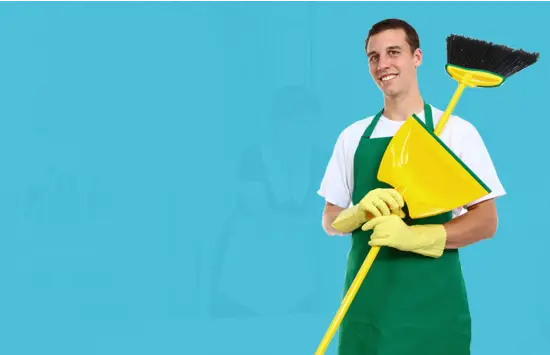
Professional Cleaning Services in Sunshine Coast
book now
Recent Posts
-
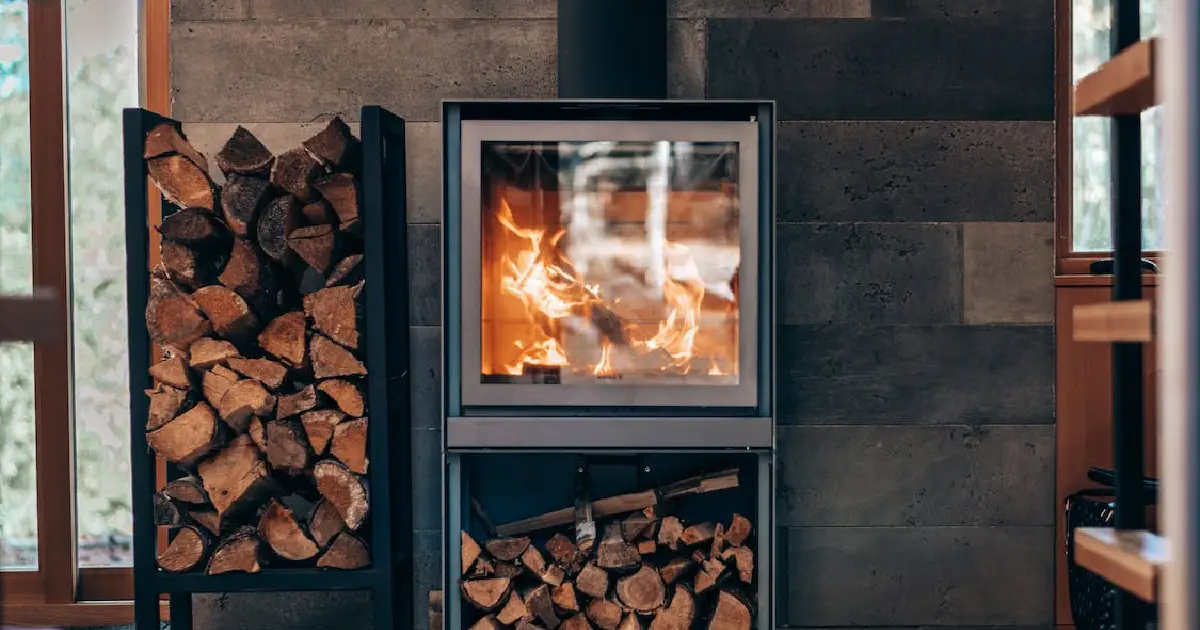
How to Get Smoke Smell Out of Carpet: Your Ultimate Guide to Freshness
October 31, 2023
Admin
-

Winter Pest Control Strategies: Balancing Effectiveness and Safety
July 31, 2023
Admin
-
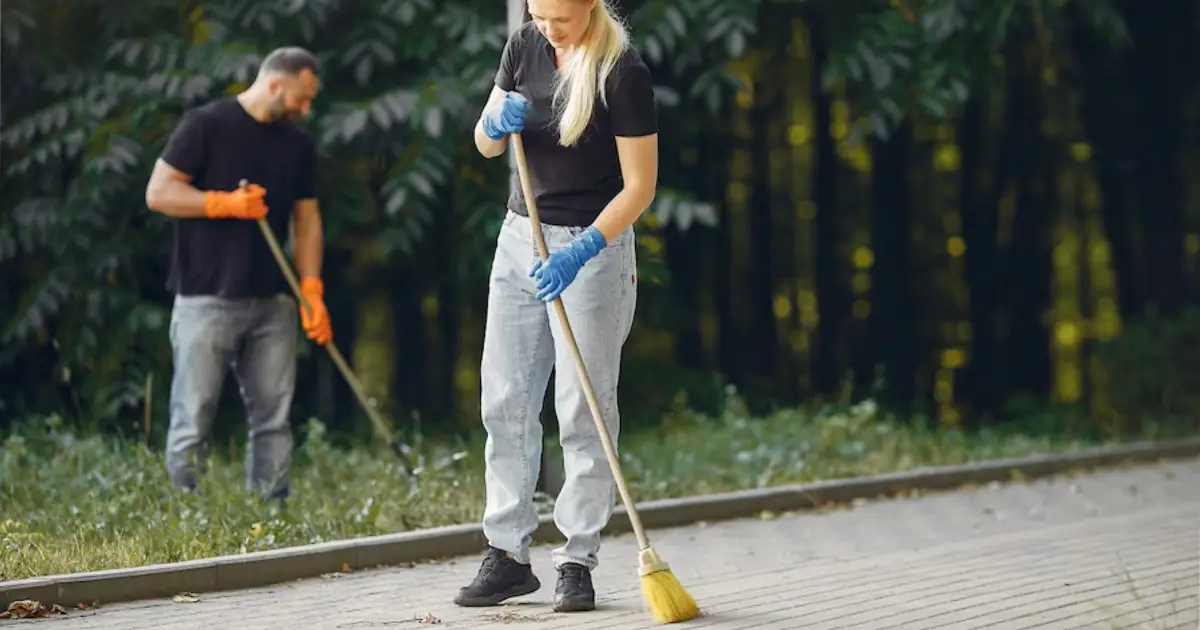
Make Your Backyard Effortlessly Clean, Organized, and Beautiful
July 07, 2023
Admin
-

How To Clean Your Bathroom In 15 Minutes Or Less
April 06, 2023
Admin
-

7 Cleaning Solutions for a Chemical-Free Home
February 16, 2023
Admin
-
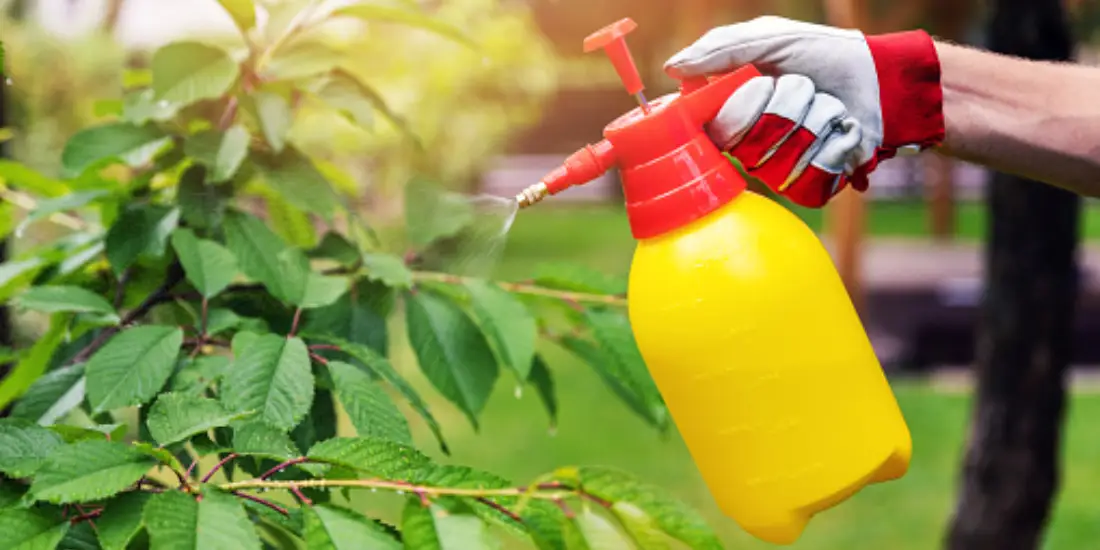
5 Surprising Ways to Keep Bugs Out of Your Garden
February 16, 2023
Admin
-
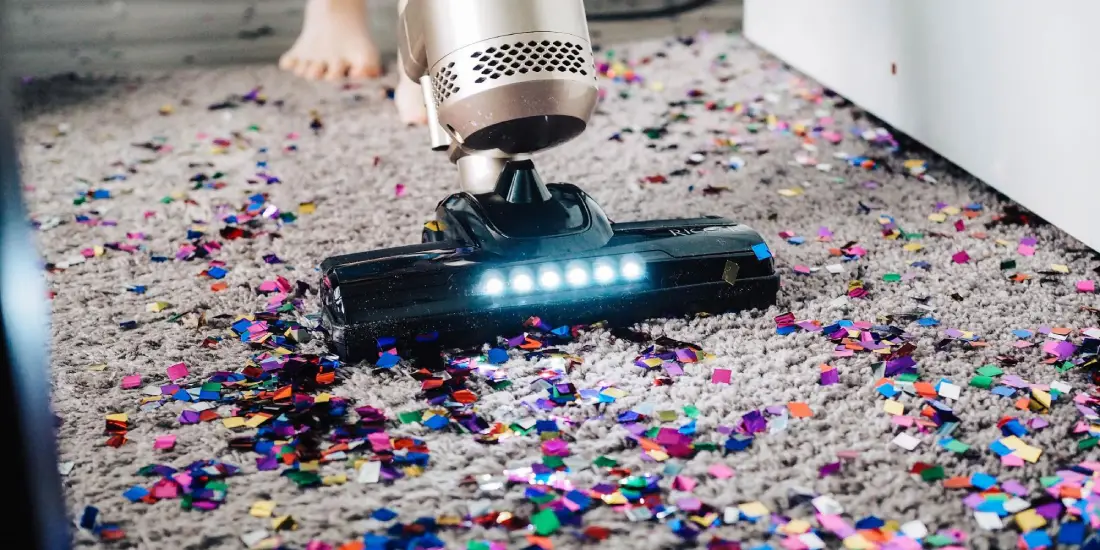
5 Cost-Effective Carpet Cleaning Solutions for a Deep Clean on a Budget
February 07, 2023
Admin
-

Clean A Washbasin In 5 Easy Steps
January 18, 2023
Admin
-
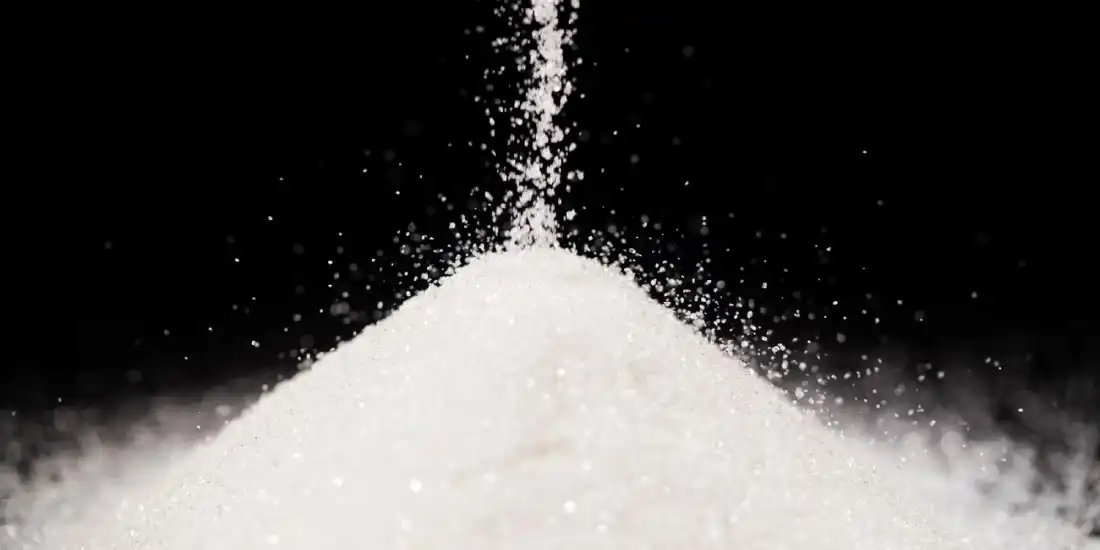
5 Cleaning Hacks With Borax
January 02, 2023
Admin
-

5 Tips To Buy A Pet Vacuum Cleaner
December 14, 2022
Admin
-

5 Fail-Safe Home Methods To Clean Carpets
December 05, 2022
Admin
-

5 Simple Tips To Deodorise Your Bedroom
July 15, 2022
Admin


